Stop burying and properly treat waste
Before 2023, waste in the area after collection was still buried in the area along the Dong Nai River in the former Tan Uyen City. The rapid increase in industrial development, leading to a mechanical population increase, forced the locality to choose a modern waste treatment method. The unit implementing this program is Binh Duong Water - Environment Corporation Joint Stock Company (abbreviated as Biwase), the waste treatment plant belongs to the Biwase waste treatment branch, located in the Binh Duong Waste Treatment Complex, Chanh Phu Hoa Ward, Ho Chi Minh City.
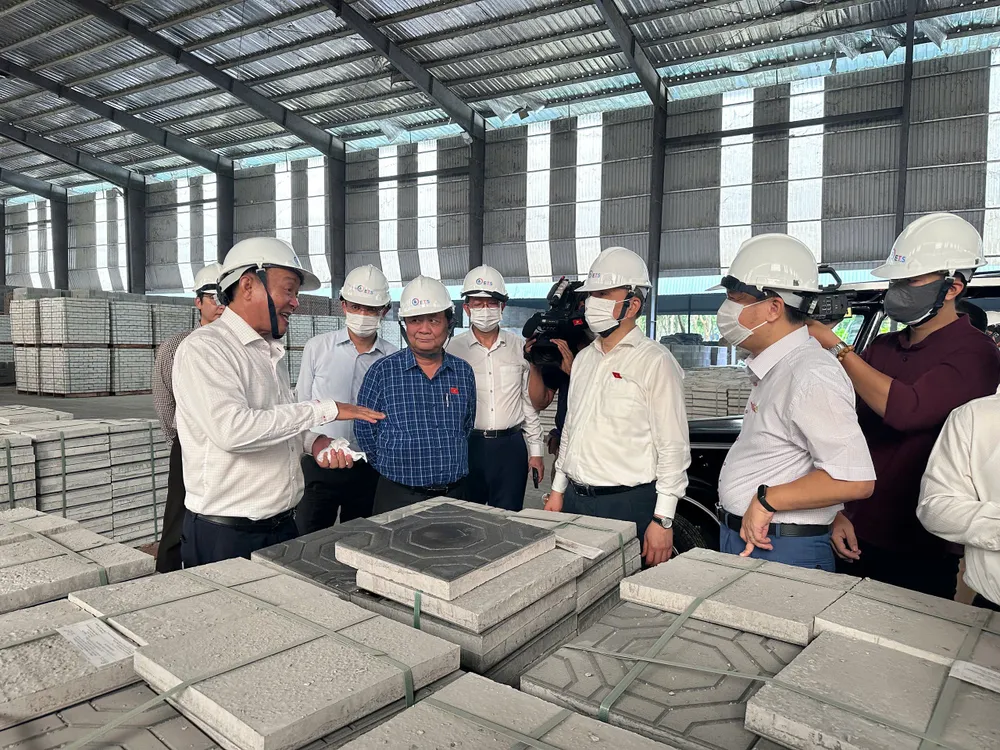
Of course, Biwase's success has the support, companionship and vision of Binh Duong authorities in previous periods. This was shared by Mr. Nguyen Van Thien, Chairman of Biwase's Board of Directors: 20 years ago, the locality planned and calculated to invest in a waste treatment complex with a scale of 100 hectares in Chanh Phu Hoa. As a result, the factory was invested in modern, synchronized lines and machinery to meet the complex requirements for treating all types of domestic solid waste, hazardous waste and medical waste. With this planning and technology, we ensure sufficient capacity to collect and treat waste for the next 20 years for the locality.
After the successful implementation of the experimental waste-to-energy plant, from August 1, 2023, all domestic waste received at the Biwase waste treatment branch will be processed, no longer buried as before. Currently, the average daily receiving and processing capacity is over 6,560 tons of waste, including 3,500 tons of domestic solid waste, 1,200 tons of ordinary industrial solid waste, 1,700 tons of hazardous waste and 160 tons of construction waste.
The treatment process of the factory was outlined by Mr. Ngo Chi Thang, Director of Binh Duong Waste Treatment Complex, as follows: When the garbage collection vehicles in 36 communes and wards return, the household waste is dumped into 4 receiving pits of 4 treatment plants. The waste is initially classified to separate and filter organic waste as raw materials for fertilizer production for agriculture. The remaining components continue to be separated and filtered for scrap and debris before entering the incineration area. The heat generated becomes the energy source to operate the turbine to generate electricity.
18 months ago, Biwase inaugurated a 5MW waste-to-energy plant and increased the capacity of waste classification, recycling, and treatment to 2,520 tons/day. After increasing the capacity of the waste treatment complex, Biwase's total investment capacity reached 2,520 tons/day (although the actual amount received was only 2,350 tons/day). Biwase currently has 4 waste separation and treatment technology lines with a capacity of 2,520 tons/day, a fermentation area of over 100,000m3 , a floor area of 30,800m2 ; a ripening workshop area of 56,800m2 ; 2 leachate treatment plants with a capacity of 1,000m3 /day, and many other recycling treatment lines.
Biwase also has 2 medical waste incineration plants with a capacity of 16 tons/day; 4 mixed waste incineration plants with a capacity of 500 tons/day, of which 1 plant with a capacity of 200 tons/day has heat recovery to generate electricity as mentioned above. In addition to generating electricity, waste products also make burnt bricks (100,000 bricks/day), unburnt bricks (100,000 bricks/day), self-locking bricks ( 2,000m2 /day). Another notable product is Con Voi Binh Duong fertilizer sold on the market, ensuring compliance with the 9001:2015 quality management system, the ISO 14001:2015 environmental management system and is announced to be in compliance with standards and regulations...
In general, it can be imagined that after being collected at Biwase, organic waste will be composted into organic fertilizer; plastic waste will be recycled; iron, steel, and scrap metal will be sold; construction materials will be collected for use as ground leveling; other waste will be burned and heat will be collected to generate electricity; organic sludge will be dried into organic fertilizer; ash, inorganic sludge will be mixed to make concrete, concrete structures, self-locking bricks, and sidewalk paving...
Talking to SGGP reporter, Mr. Nguyen Van Thien, Chairman of Biwase Board of Directors, shared: “In fact, for products such as Con Voi fertilizer or recycled bricks, we have to compensate for losses from waste treatment revenue. This is an issue related to protecting the living environment, so we have to balance the company's expenses. The good news is that we have the support of the government and the consensus of shareholders. Thanks to that, many international partners trust us to finance loans for waste treatment and water treatment projects. Many of these loans do not require government guarantees, the factory borrows and balances itself to repay the loan.”
Synchronize many solutions for waste classification at source
Although the waste treatment operation is systematic, the weakness is that it has not organized waste classification at source (PLRTN), while this is the key to successful waste treatment. Regarding this issue, Mr. Nguyen Van Thien explained that for a long time, the government only encouraged people to self-sort waste or people to do it themselves and sell it separately, so the results were not significant. At that time, all waste was imported together and brought to the factory, then workers sorted it themselves. "To get to where we are today, the company has learned a lot of experience from developed countries in Europe, Japan, Korea... Through the survey, we realized that there is no optimal technology without PLRTN", Mr. Nguyen Van Thien concluded.
Recognizing the importance of PLRTN, recently, the authorities of 36 wards and communes in the North of Ho Chi Minh City have stepped up the implementation and raised people's awareness in implementing the Law on Environmental Protection. Mr. Vo Chi Thanh, Chairman of Binh Duong Ward People's Committee, shared that the locality has just organized a training course on techniques for classifying domestic solid waste at source for 100 ward, neighborhood and environmental protection self-management teams. The training also introduced the principles of classifying domestic solid waste, solid waste that can be reused, recycled, food waste, etc.
This is the key staff to mobilize people to successfully implement the PLRTN. The ward is promoting solutions for all people to participate in the PLRTN; perfecting the collection, transportation and treatment system to ensure compliance with regulations as well as building and training the collection team to meet the requirements; putting into use the technical assurance collection points. Promoting the role and responsibility of the Front Committee of the neighborhoods, the self-management team of the neighborhood environmental protection in the issue of PLRTN.
Regarding the Binh Duong Waste Treatment Complex, Mr. Ngo Chi Thang affirmed that in the coming time, he will continue to coordinate with organizations and unions to organize communication in wards, communes, schools, and residential areas to participate in programs and accompany the PLRTN program of authorities at all levels; ready to arrange transportation equipment and containers for classified waste to serve the PLRTN work and transport it to the complex for treatment.
Consider supporting people to buy trash cans
Recently, after sending a National Assembly monitoring delegation, led by Vice Chairman of the National Assembly Le Minh Hoan, to survey the waste treatment situation in Binh Duong province in the past, Comrade Nguyen Van Loi, Head of the National Assembly Delegation of Ho Chi Minh City, requested the City People's Committee to be decisive in guiding people to use waste treatment. The government can support people with the cost of buying trash cans, and provide specific regulations on waste collection for household waste collection facilities; pilot from wards that have successfully treated waste in Binh Duong in the past...
Source: https://www.sggp.org.vn/xu-ly-rac-cho-sieu-do-thi-tphcm-bai-3-bien-rac-thai-thanh-dien-post806350.html


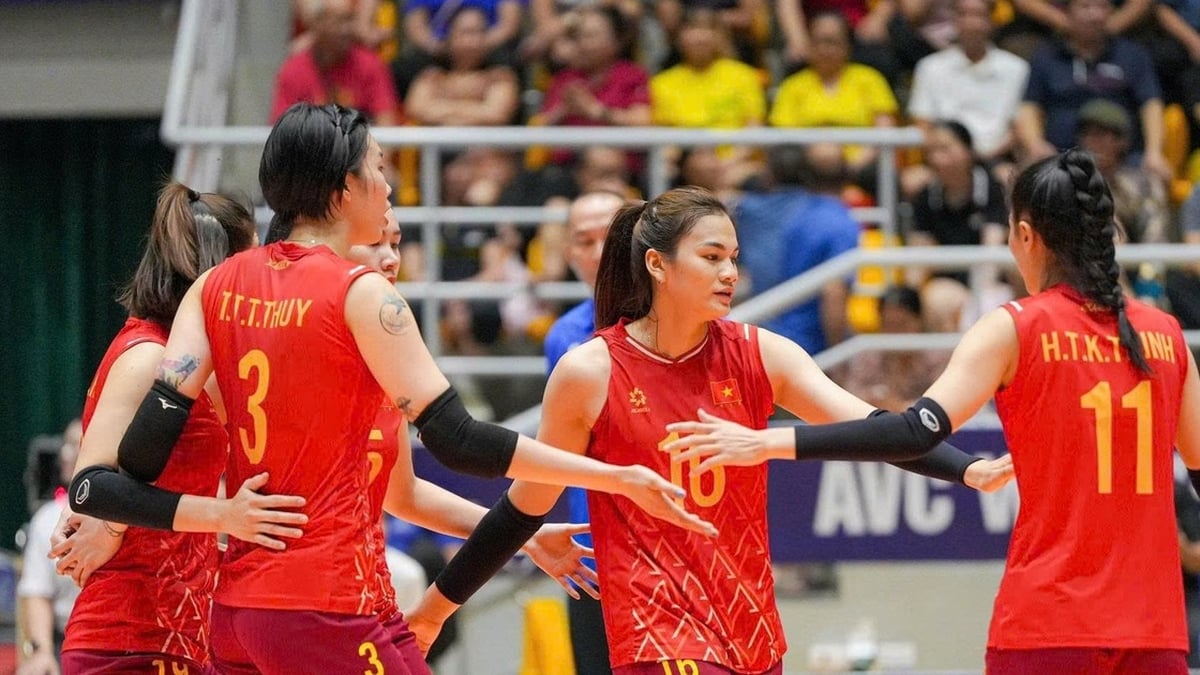

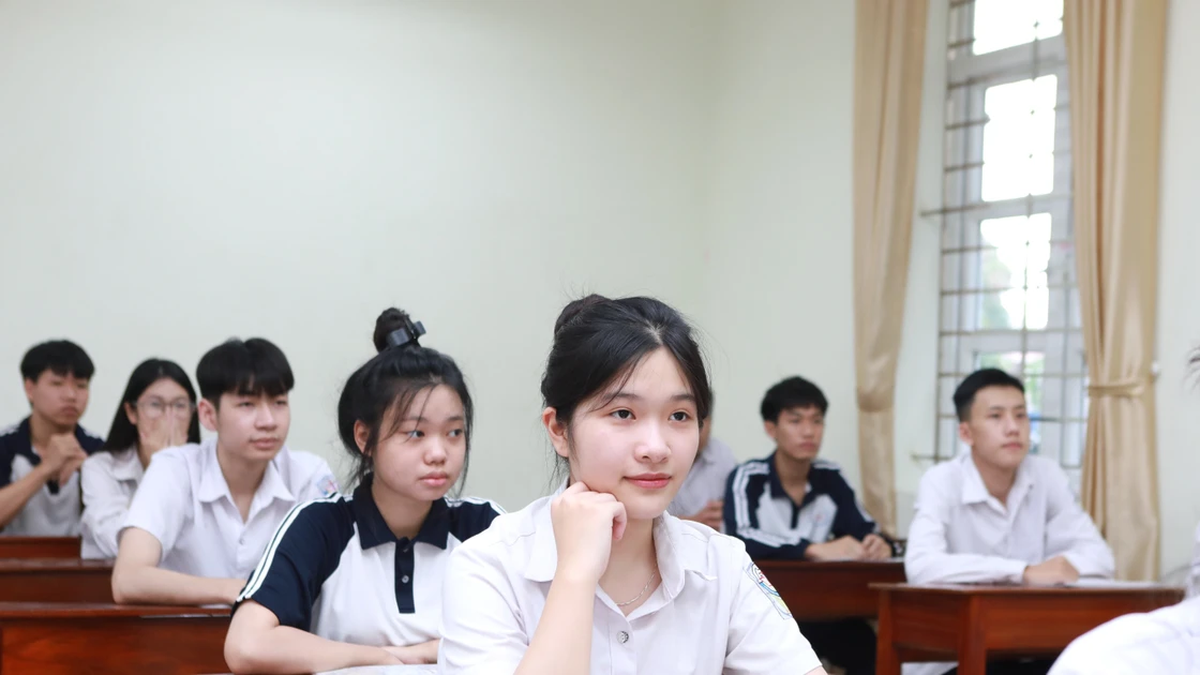
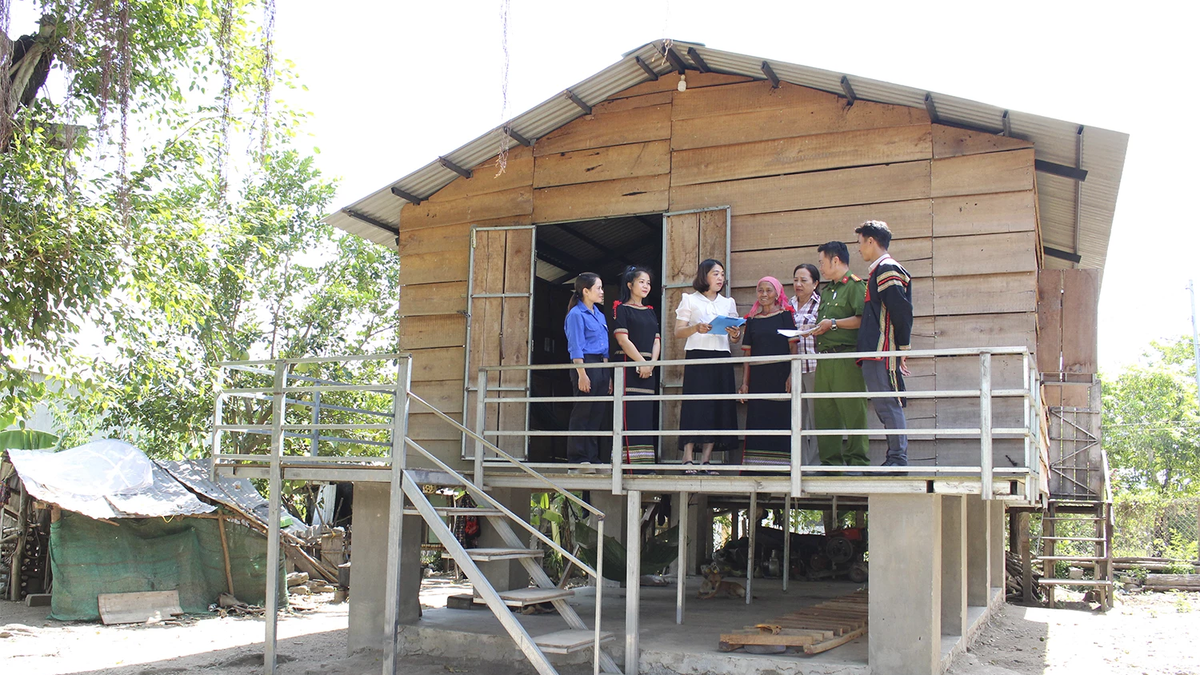
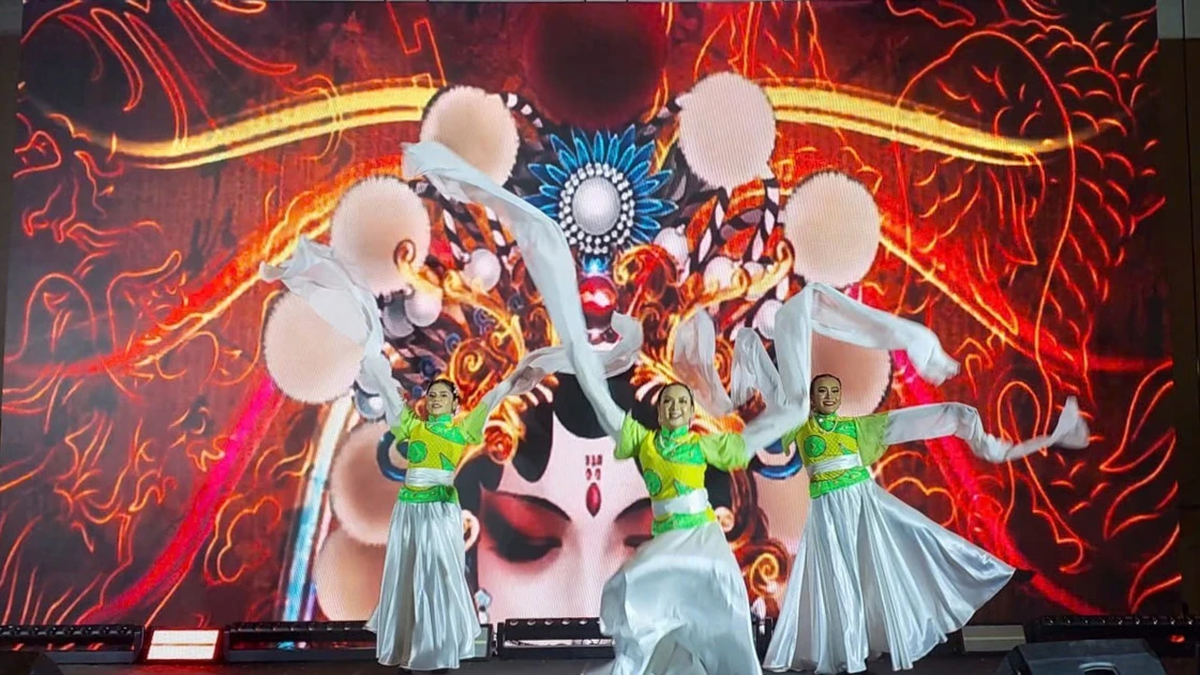
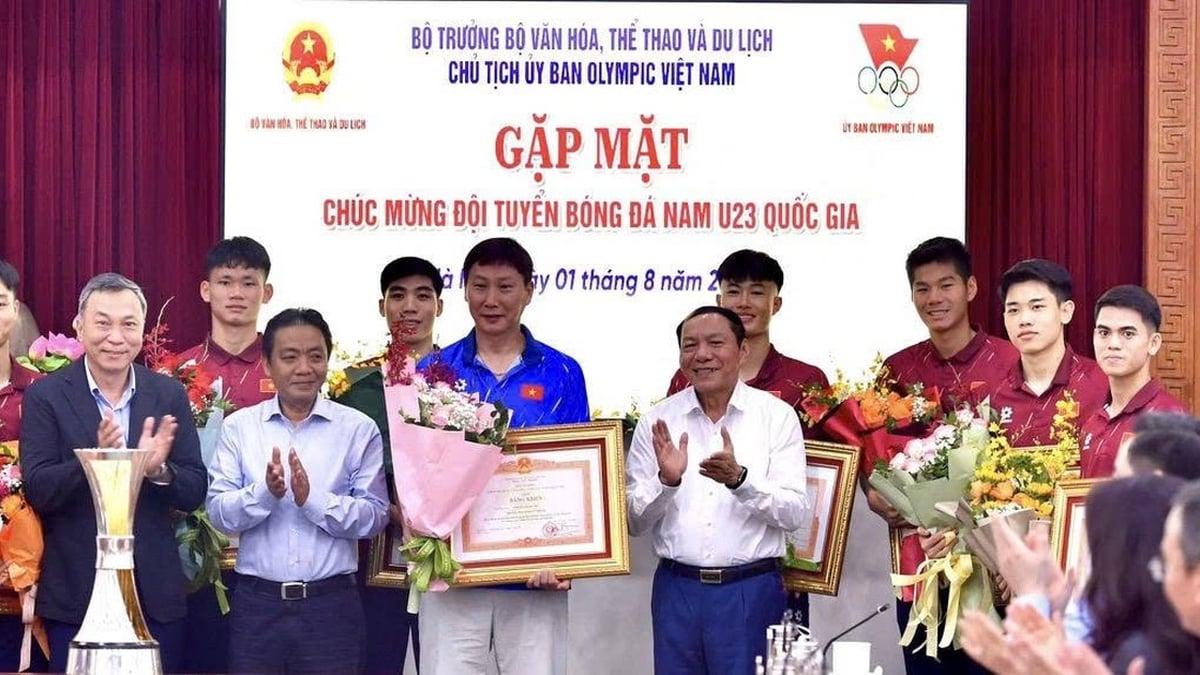
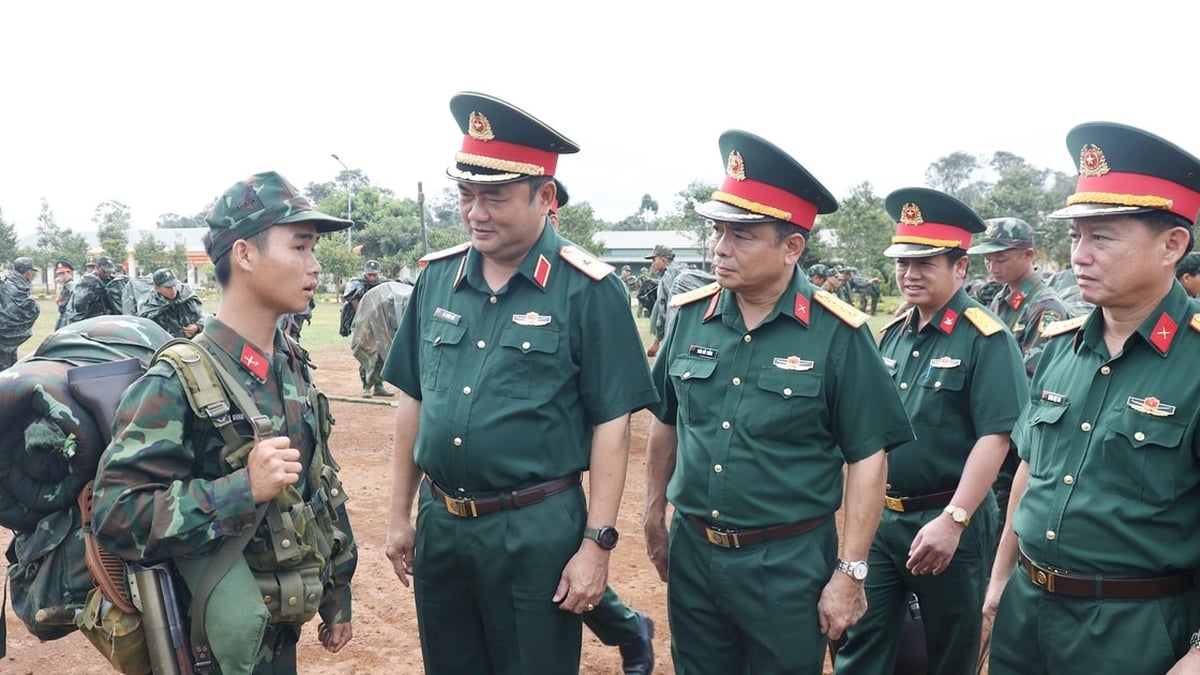
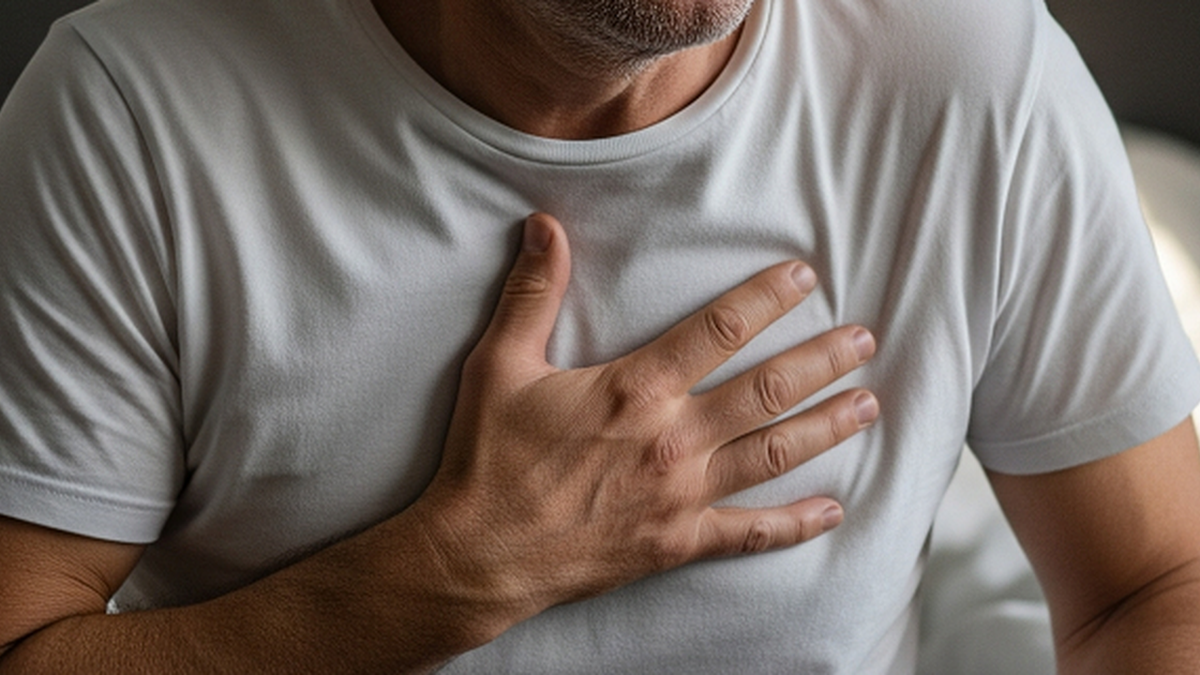
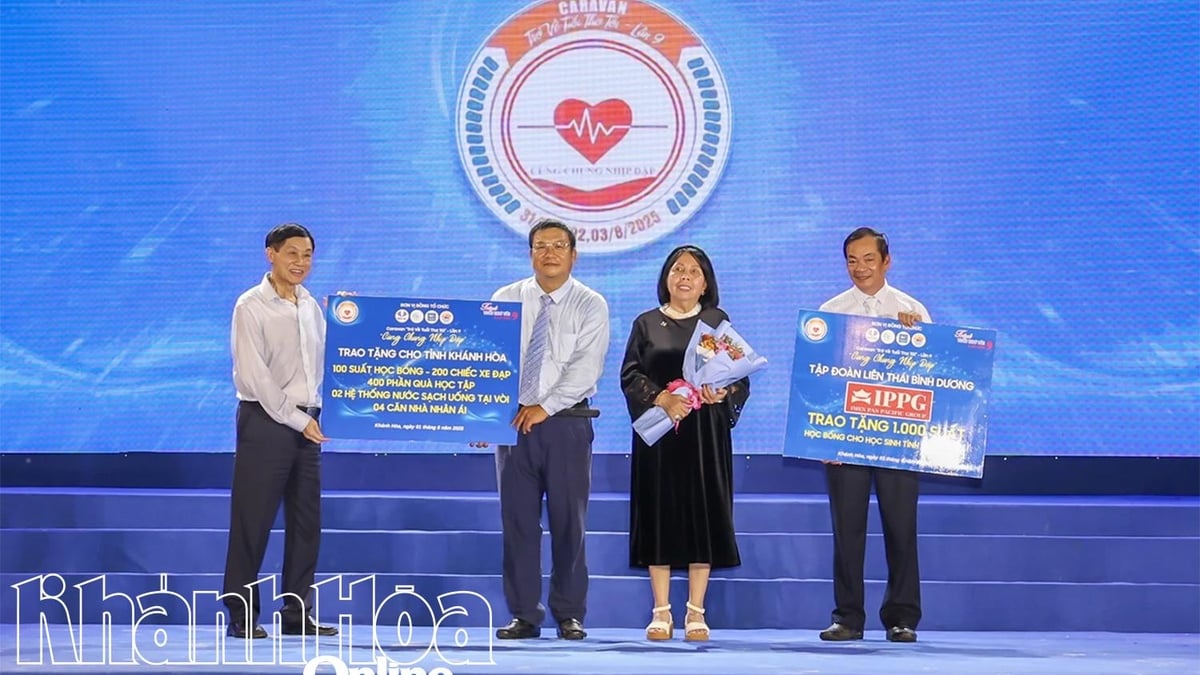





















































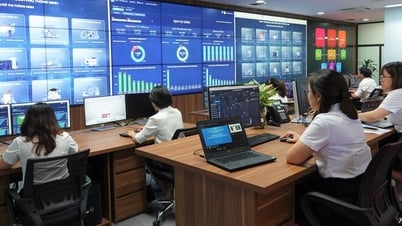
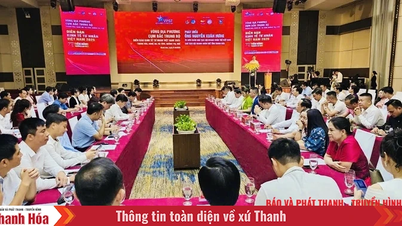

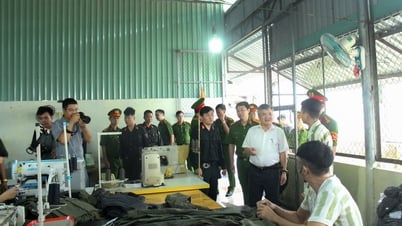


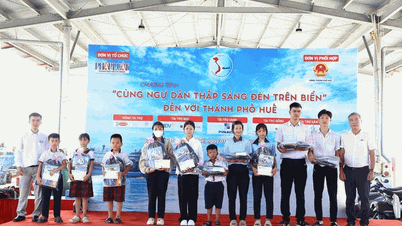






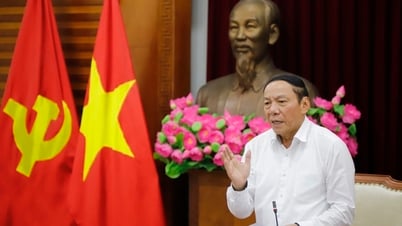
























Comment (0)